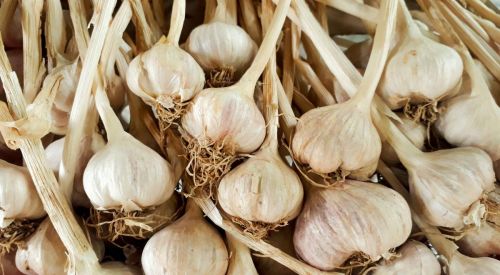The use of tea mushrooms to make an energizing and cleansing drink can be read about as early as in Chinese written sources from the Jin Dynasty, i.e. from around 220 BC. Popularized in the following centuries in Japan and Europe, it became one of the basic drinks of our ancestors. Displaced in the second half of the 20th century by drinks from American corporations, it is now returning to favor as a beverage that positively affects our health.
This mushroom is also called Japanese mushroom or SCOBY (Symbiotic Culture of Bacteria and Yeasts). It is a symbiotic culture of bacteria and yeast.
It is formed by many species of bacteria and yeast present in a uniform culture. The quantitative and qualitative composition of the microorganisms that make up this structure varies depending on its origin.
The primary strain in kombucha is Gluconacetobacter xylinus, which synthesizes cellulose. The most common yeast species are Saccharomyces, Zygosaccharomyces, Dekkera, Torulospora, Pichia, Mycotorula, Mycoderma.
It has a light gray to dark brown color. The color depends on the type of tea used for fermentation. Black or green tea and sugar are most suitable.
Since kombucha is prepared in many parts of the world, so there are many ways to prepare it. To obtain 1 liter of drink, 100 g of sugar and 5 g of tea should be used, which, after brewing and cooling, should be poured into a glass container, a small piece of mushroom should be added, and 200 ml of drink from earlier fermentation should be supplemented, Thus prepared liquid is set aside in a shady place at room temperature for 3-5 days. After this time kombucha is ready to drink.
The drink has a positive effect on the intestinal bacterial flora.
This was during the reign of the Jin Dynasty. Kombucha at that time was called the Elixir of Eternal Life or the Tea of Immortality.
A Korean doctor who reached Japan is believed to have cured the digestive problems of the emperor at the time with tea fermented with a special mushroom.
The fermented tea drink was more easily adopted n the eastern part of Europe, where the tradition of consuming fermented foods had existed for a long time (sauerkraut, pickles, bread acid). In view of this fact, kombucha spread easily among Slavic peoples. In particular, it has been popular for many generations in Russia.
Western corporations have succeeded, within fifty years, in completely displacing from our culture a beverage that was regularly consumed in central and eastern Europe for hundreds of years.
Growing awareness and knowledge of healthy eating, and the importance of proper intestinal flora, has caused more and more people to take an interest in the drink. Also, knowledge about the harmfulness of sweetened, carbonated drinks has contributed to a renewed interest in our grandparent’s beverages.
As a result, it helps our body to restore balance and contribute to the restoration of our natural immune system.
In addition, there are some hydrolytic enzymes, ethanol, substances that exhibit antibiotic activity, carbon dioxide, phenol, tea polyphenols, minerals, and fungal and bacterial metabolites that are not yet fully understood.
Above all, it is a good source of antioxidants, has liver cleansing and regenerative properties, regulates blood sugar levels, and most importantly is a fantastic probiotic.



